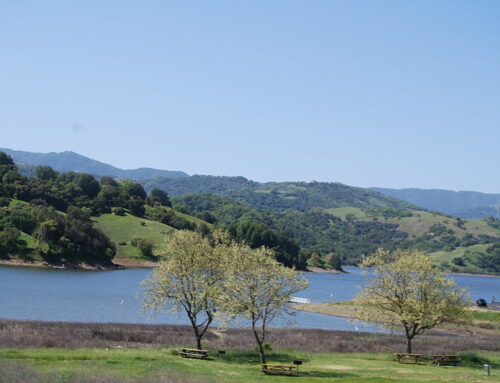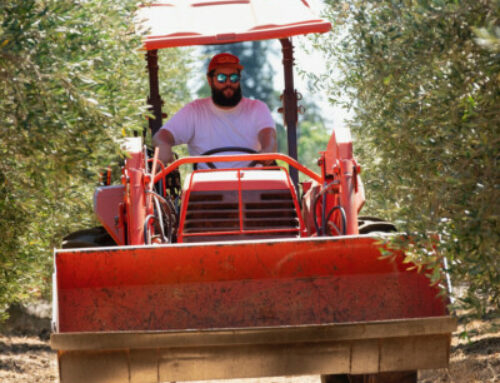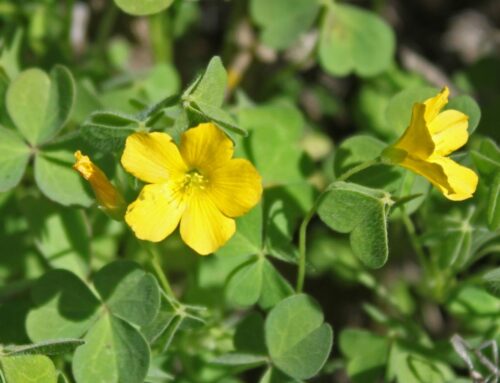Lots of excellent information can be found at www.dahlia.org.
By Sharon McCray
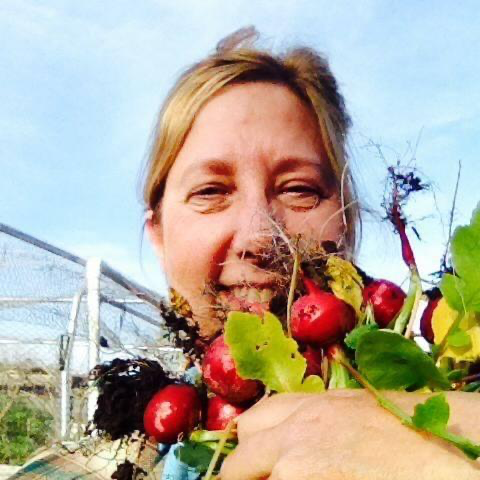
Sharon McCray
Could there be a more stunning garden flower than Dahlias? The diversity of the plants and flowers is so wide ranging that there is a perfect plant for every taste and garden design. They grow exceptionally well in our valley and seem to love our long hot summers, with brilliant displays of flowers from mid-summer through fall.

Dahlias are grown on tubers, planted in warm soil in full sun. Plants range from tiny, 12-inch height to more than five feet tall. The colors and sizes are so varied that making the perfect choice for your garden can be challenging.
Well drained soil with a pH between 6.5 and 7 will give best results and the most flowers. Once established, be sure to lightly fertilize once or twice during the growing season with a low nitrogen fertilizer. Higher nitrogen will provide taller more robust plants but fewer flowers. Dahlias are good pollinator plants and require little care with minimal watering
There are eight types of dahlias: Collarette and Anemone flowered, Ball and pompon, Border, Cactus and semi-cactus, decorative, dinner plate, single and peony flowered, and finally water lily varieties. All are outstanding and provide dependable summer color. Choosing which is best for you depends on your specific needs. All dahlias are long season bloomers providing color after most other flowers have faded. Cutting on a regular basis will encourage more flower production.
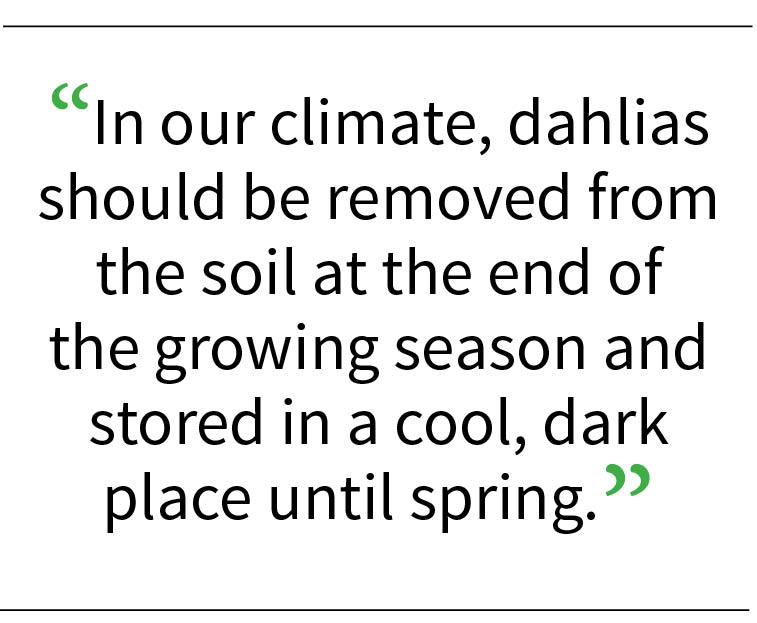
Border dahlias stay below 18 inches and are perfect for that border surrounding other taller plants. Cactus dahlias usually need to be staked due to their slender stems. Decorative dahlias have the largest variety of plants and I consider them an essential in every cutting garden.
Now, dinner plate dahlias are huge and grow the tallest with rather flat flowers upwards of 12 inches across. Because of their height, consider planting them in the back of the bed and absolutely provide staking as they grow. Single and peony flowered dahlias are smallish with usually dark colored stems, rarely reaching three feet in height.

In our climate, dahlias should be removed from the soil at the end of the growing season and stored in a cool, dark place until spring. With all the rain we had this year, any tubers left in the ground may have rotted making them useless.
Lots of excellent information can be found at www.dahlia.org.
Sharon McCray is a California native living in Santa Clara County since 1959. She became certified as a University of California cooperative extension master gardener in 1992 and a UCCE master naturalist in 2015. She hosts a radio show on KKUP public radio and is now retired.



